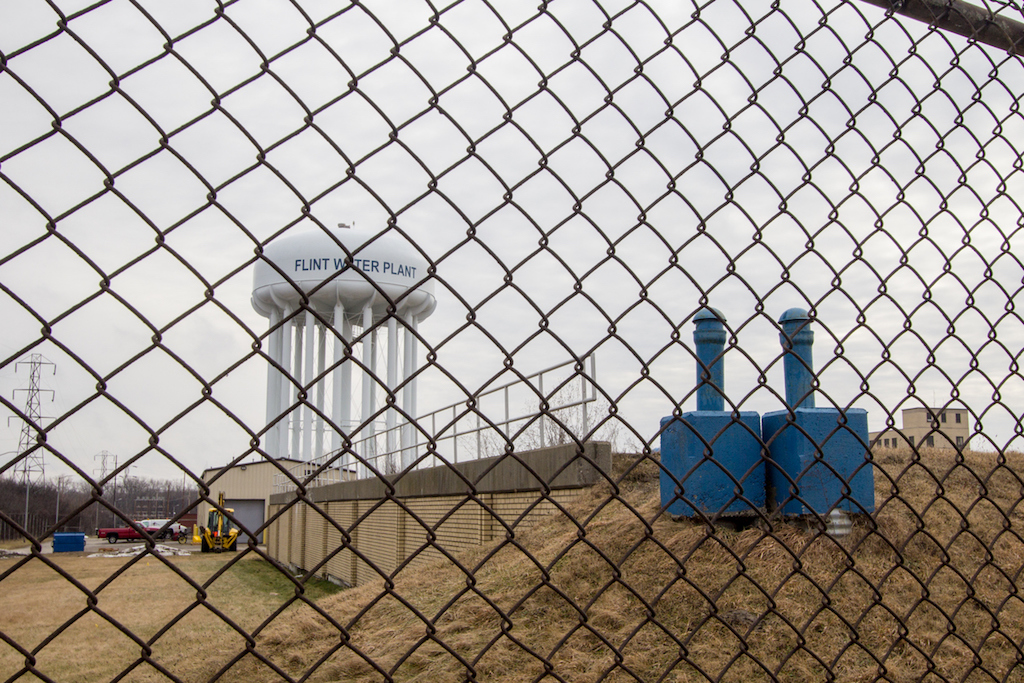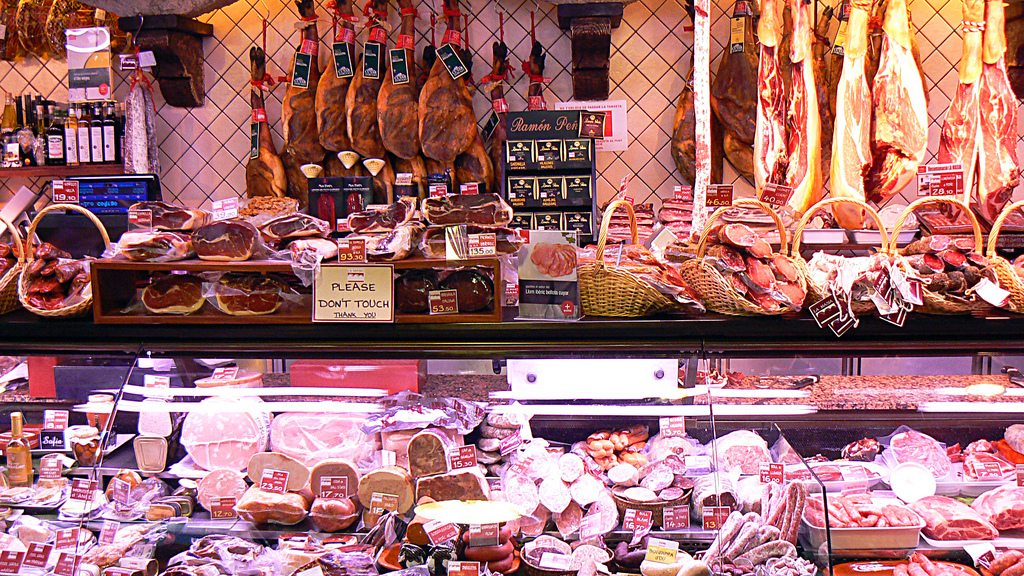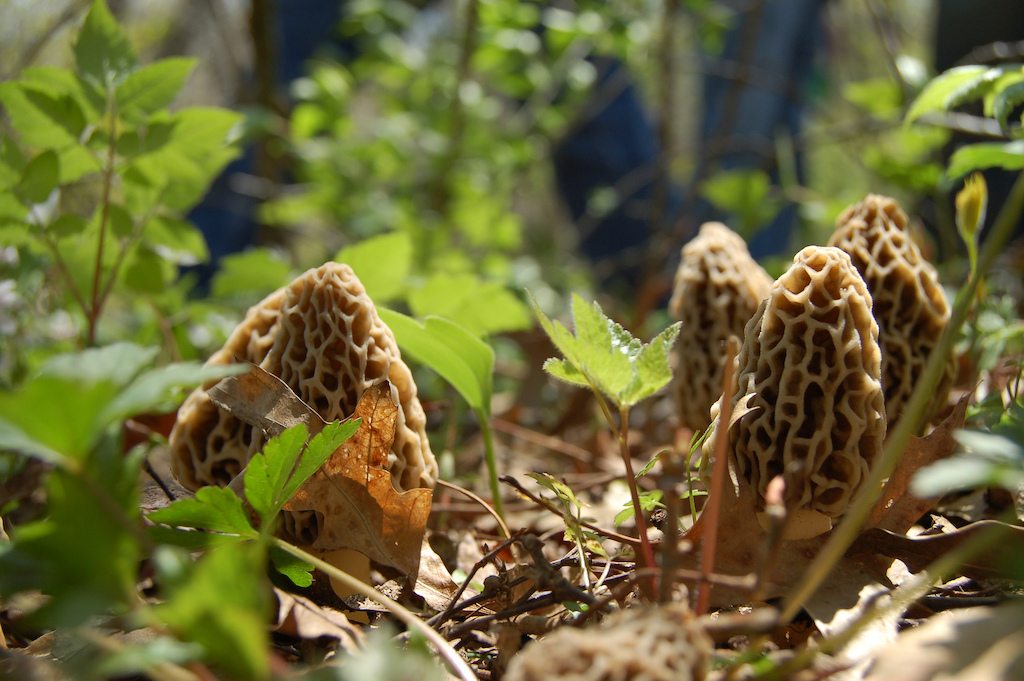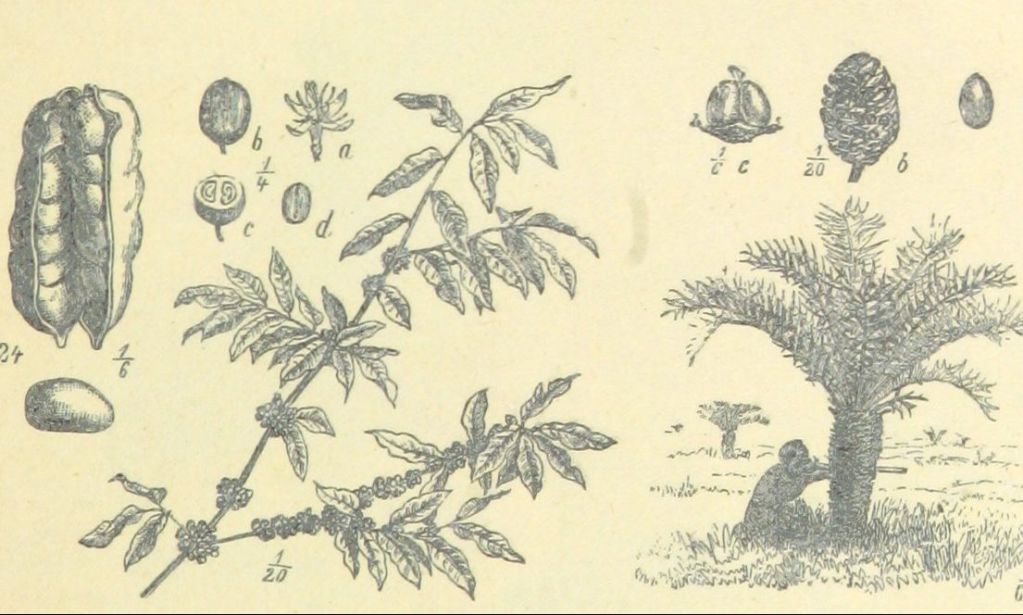
Photos by IAEA and NASA; Illustration by NFE
Last December, in an upstairs room at Michigan’s DeVos Place Convention Center, men in collared button-ups, hoodies, and heavy coats looked expectantly up at the stage. They had gathered in Grand Rapids for the Great Lakes Expo, an annual conference attracting fruit and vegetable growers from around the region. It’s the largest show of its kind in the country, attracting some 4,000 people from 40 states and seven Canadian provinces. There were more than 450 exhibitors in the tradeshow outside the conference room, but these folks had convened at 9 a.m. on a Wednesday morning to learn about spotted wing drosophila, or SWD, an invasive vinegar fly smaller than your pinky fingernail that is wreaking havoc on healthy, ripening fruit around the world.
He ended with his own personal assessment of the pest: “It’s horrendous. This is definitely the worst insect I’ve dealt with in my 40-year career.”
Native to Southeast Asia, SWD was first spotted in the Western United States in 2008 and spread quickly across the continent. The fly, with females capable of laying 300 or more eggs during their lifespan, was detected in Washington and Florida in 2009, Michigan in late September of 2010, and New England in 2011.
Like other members of the Drosophila species including the common kitchen fruit fly, SWD lays its eggs near the surface of thin-skinned fruit like berries, cherries, and grapes. But while other fruit flies target damaged or rotting food, female SWD are evolutionarily equipped to infect fruit that is otherwise perfectly healthy with a long, serrated ovipositor located on its bum, which it uses to puncture the fruit and deposit its eggs under the skin. Farmers can be completely unaware of damage until the fruit begins to disintegrate—plump blueberries turn into deflated beach balls and ruby red cherries swim with tiny white larvae.
“Right now, it has top priority for the Michigan Cherry Committee,” says Nikki Rothwell, an extension specialist at MSU who talks frequently with cherry farmers, industry groups, and government entities like the committee. “I know for sure that for cherry growers it is the top priority.”
Gut, talking after the conference in his office at MSU, is as blunt about the threat of SWD as he was on stage. “It’s the first insect that I know of that’s an industry killer. This pest is so difficult to deal with that it’s already posed a threat to certain crops in the world,” he says.
While researchers across the country are working on solutions to combat SWD, a potential answer for Michigan’s $54-million tart cherry industry vulnerability stands in a 200-acre orchard roughly 25 miles from DeVos Place. There, nestled between thousands of other trees, stands a seemingly fragile mass of sticks and roots: a small cherry tree that may be key to saving the Michigan tart cherry industry from its most pressing threat.
In 2016, this miniscule and destructive invader took out around 21 percent of Michigan’s cherry crops
For tart cherry farmers, the idea of an early-ripening tree used to be unfavorable because it had the potential to interfere with sweet cherry harvest and processing. That’s one reason why Amy Iezzoni, horticulture professor at MSU and a tart cherry breeder, didn’t initially target those kinds of trees in her research.
But SWD changed things. Now, the idea is to find an early-ripening tree that also blooms late. That way, the tree will avoid any frost damage while also reaching harvest-ready condition early enough to avoid the “summer surge,” when SWD levels are at their highest. In Northwest Michigan, home to the National Cherry Festival and much of the state’s sweet and tart cherry crop, some cherry harvests and peak SWD levels overlap in the month of July.
So, in thinking about how to avoid that overlap, Iezzoni came up with a novel idea in the land of plant breeding. Rather than selecting a tree for the quality of its fruit or resistance to a certain insect, she instead looked for a tree that would mature early and avoid the brunt of the pest altogether. She went first to the farmers: “I said, should I add this as one thing that I’m trying to do? And they said, ‘yes.’”
Iezzoni and her team then combed through her inventory of around 400 late-blooming trees, looking for desirable traits. “That’s the biggest part of a breeder’s job, is to walk and taste and test,” says Audrey Sebolt, a research technician for Iezzoni’s breeding program who helped with the process.
The team did find one tree that both blooms late and ripens early, the Prunus cerasus. But Iezzoni suspected that there needed to be a break in the genetic linkage to achieve this, a random event that might occur in only one seedling out of 100. Though it might sound like that randomly acquired trait would make the tree’s late blooming, early ripening feature hard to replicate, Iezzoni says it actually makes breeding easier because the two traits have a high probability of being transmitted to the tree’s offspring.
“So yeah, I was pretty happy to find it,” she says.
Rather than selecting a tree for the quality of its fruit or resistance, breeders want a tree that will mature early and avoid the brunt of the pest altogether
One of the hardest things about combating SWD is how relatively little we know about them, although scientists are racing to fill in the gaps. At the Great Lakes Expo, almost one-fifth of the research posters (write-ups of academic studies) displayed were dedicated to the pest—more than any other one topic. They touched on SWD’s winter morphing, when the fly gets bigger and darker, different insecticide spray programs, and SWD’s preference for various types of yeast. Last year, MSU researchers received $300,000 in grants to study the pest.
Promising research at other universities includes the idea of releasing sterile males into the SWD population, similar to some plans to eliminate Zika-carrying mosquitos. But for now, effective and expensive pesticides, exclusion netting used to protect the plants, and modified harvest schedules remain some of the only defenses against SWD.
But, the key word here is “conventional.” Raspberry farmers using conventional farming systems at industrial scale have the option to spray large amounts of chemicals to combat the flies. But for organic raspberry farmers, that isn’t an option: the same 2017 study reports that organic producers have seen annual losses between 5 and 15 percent, with no reduction like their conventional counterparts have experienced.
Harvesting early and avoiding one or two pesticide sprays might help tart cherry growers in Michigan in the short term, but their longer term prospects are more uncertain. It will probably be a while before Iezzoni’s tree—or a version of it—is ready to go into their orchards. Development is a long and unpredictable process. Right now, she isn’t thrilled with the quality of the tree’s fruit. It’s too small for cherry processors.
“The seedling itself is unlikely to be successful,” Iezzoni says. “I’ll have to cross it with different things to get other traits, then you never can predict exactly what you’re going to get.”
Still, her finding could be the first step toward something promising. For now, Iezzoni says she is waiting until first bloom later this month.
“It’s a difficult prospect but if I have indeed gotten that combo together—I have a roadmap to get where I want to go.”












